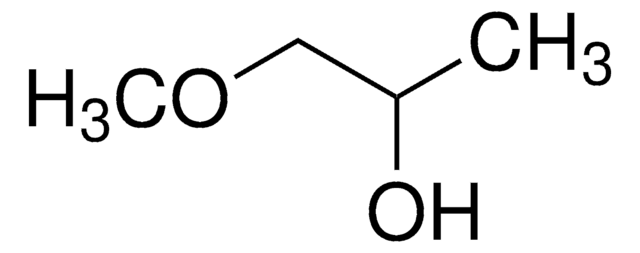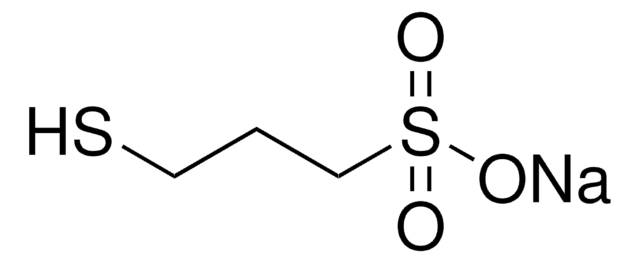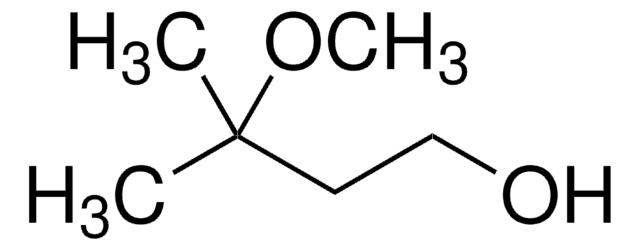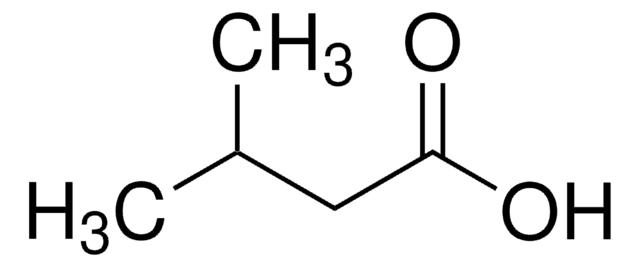283282
Di(propylene glycol) methyl ether, mixture of isomers
97%
Synonym(s):
Dipropylene glycol monomethyl ether
Sign Into View Organizational & Contract Pricing
All Photos(1)
About This Item
Linear Formula:
CH3OC3H6OC3H6OH
CAS Number:
Molecular Weight:
148.20
EC Number:
UNSPSC Code:
12162002
NACRES:
NA.23
Recommended Products
vapor pressure
0.4 mmHg ( 25 °C)
Assay
97%
form
liquid
refractive index
n20/D 1.422 (lit.)
bp
190 °C (lit.)
density
0.938 g/mL at 25 °C
InChI
1S/C7H16O3/c1-6(4-8)10-5-7(2)9-3/h6-8H,4-5H2,1-3H3
InChI key
CUDYYMUUJHLCGZ-UHFFFAOYSA-N
Looking for similar products? Visit Product Comparison Guide
Storage Class Code
10 - Combustible liquids
WGK
WGK 1
Flash Point(F)
167.0 °F - closed cup
Flash Point(C)
75 °C - closed cup
Personal Protective Equipment
dust mask type N95 (US), Eyeshields, Gloves
Choose from one of the most recent versions:
Already Own This Product?
Find documentation for the products that you have recently purchased in the Document Library.
Customers Also Viewed
R R Miller et al.
Fundamental and applied toxicology : official journal of the Society of Toxicology, 5(4), 721-726 (1985-08-01)
Male Fischer 344 rats were given a single oral dose of approximately 1289 mg/kg (8.7 mmol/kg) of [14C]DPGME. After dosing, expired air, excreta, and tissues were analyzed for 14C activity, and metabolites in urine were isolated and identified. Approximately 60%
Valerie Robinson et al.
International journal of toxicology, 28(6 Suppl), 162S-174S (2010-01-09)
PPG-2 methyl ether, PPG-3 methyl ether, and PPG-2 methyl ether acetate are used in cosmetics as fragrance ingredients and/or solvents at concentrations of 0.4% to 2%. Propylene glycol ethers are rapidly absorbed and distributed throughout the body when introduced by
S O Hansson
Risk analysis : an official publication of the Society for Risk Analysis, 17(2), 227-236 (1997-04-01)
The use of critical effects in the determination of occupational exposure limits (OELs) in Sweden is subjected to a statistical study. Many of the present OELs are high in relation to known no-effect levels and effect levels, and the degree
Contact sensitization to dipropylene glycol in an eczema population.
J D Johansen et al.
Contact dermatitis, 33(3), 211-212 (1995-09-01)
Michael Koontz et al.
International journal of toxicology, 25(2), 95-107 (2006-04-07)
Computer modeling of aggregate exposure provides the capability to estimate the range of doses that can occur from product use and to understand the relative importance of different routes of exposure. This paper presents an assessment of aggregate occupational exposure
Our team of scientists has experience in all areas of research including Life Science, Material Science, Chemical Synthesis, Chromatography, Analytical and many others.
Contact Technical Service















